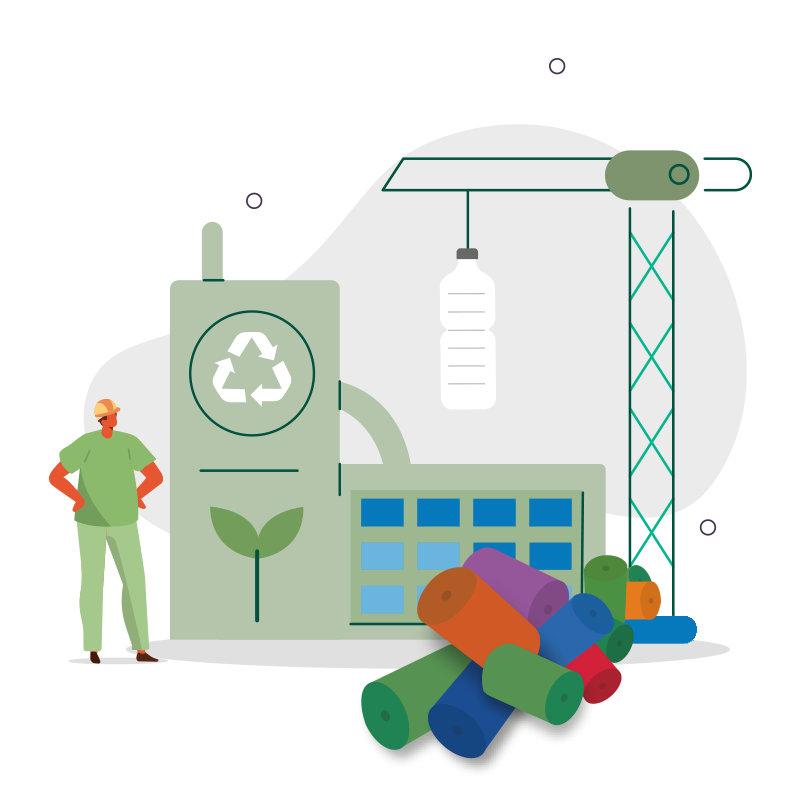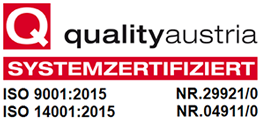Our regranulates are manufactured according to customer requirements. Mixing plants and dosing systems at the extruders can be used to produce mixtures and filled plastics.
Polypropylene
Polypropylene, often abbreviated as PP, is a common thermoplastic polymer within the plastics industry. It is obtained from propylene monomers and is characterized by its wide range of uses as well as beneficial properties (such as lightness, high heat resistance and recyclability). As a result, polypropylene is used in a wide range of applications, including packaging materials, textiles, automotive parts, medical devices, and consumer goods of all kinds. In fact, it is one of the most widely used plastics in the world.
LDPE
LDPE stands for "low-density polyethylene" (low-density polymer) and is one of the thermoplastics in the polyethylene family. It is a widely used plastic whose specific properties are low density, robustness, durability and good insulating properties. LDPE is used in a wide range of applications: for example, as packaging films, plastic bags, bottles, containers, hoses or toys. It is also used for tarpaulins and seals as well as an insulating material.
HDPE
HDPE is the abbreviation for "High-Density Polyethylene", a thermoplastic polymer that belongs to the group of polyethylenes. Unlike LDPE (low-density polyethylene), HDPE has a higher density and has some specific characteristics: it is characterized by high density, temperature and chemical resistance, and water resistance. It is also recyclable. HDPE is used in a wide range of applications, including piping, containers, bottles, plastic toys, plastic furniture, and tarpaulins and formwork for concrete. Garbage bags are also made from this material - to name just a few examples.
PP/PE
PP/PE stands for a combination of two different plastics, namely polypropylene (PP) and polyethylene (PE). This combination can occur in different contexts, depending on how the two plastics are mixed together. In particular, this plastic is often used as a material for packaging.
PPC
Polypropylene carbonate is a plastic produced by making it from polypropylene. This specific plastic has good mechanical properties and is also characterized by high impact resistance as well as excellent resistance to numerous chemicals. It is often used in many areas, especially where exactly these properties are in demand - for example, in the automotive industry for bumpers and interior trims or in the electronics industry for housings and covers.
PPH
PPH is the abbreviation for polypropylene homopolymer, a plastic made entirely of pure polypropylene. Polypropylene, on the other hand, is one of the most widely used thermoplastics and is used in various applications due to its versatile properties. PPH plastics are used in a wide range of areas, such as the manufacture of containers, pipes, packaging materials, medical devices, automotive parts, and many other products.
Polystyrene
Polystyrene (PS) is an extremely common thermoplastic that is used in a wide range of applications due to its versatility and properties. This material impresses with its robustness, transparency and ability to deform. Polystyrene can come in different forms. It is used as a packaging material or in the construction industry.






